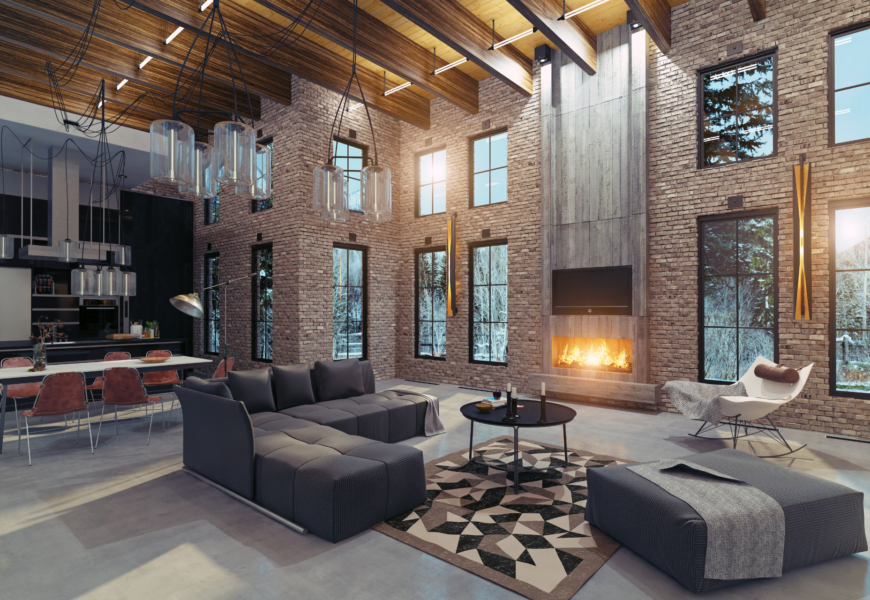A home is more than just a place to live; it’s a reflection of personal style, comfort, and functionality. Home improvement and renovation projects offer the opportunity to enhance living spaces, increase property value, and create a haven tailored to individual preferences. This guide provides insights and tips for embarking on successful home improvement endeavors, covering everything from planning and budgeting to selecting the right projects.
I. Assessing Needs and Goals:
- Identify Priorities: Begin by identifying the areas of your home that need attention or enhancement. Whether it’s a functional kitchen, a relaxing outdoor space, or an updated bathroom, understanding your priorities sets the stage for a focused improvement plan.
- Consider Long-Term Goals: Evaluate your long-term goals for the property. Are you planning to sell in the future? Or is this a long-term residence? Understanding your goals helps guide the scale and scope of your home improvement projects.
II. Creating a Realistic Budget:
- Research Costs: Research the costs associated with your desired improvements. This includes materials, labor, and any unforeseen expenses. Online resources, contractor estimates, and local home improvement stores can provide valuable pricing information.
- Establish a Contingency Fund: Factor in a contingency fund for unexpected costs that may arise during the project. This buffer ensures that you can handle surprises without jeopardizing the success of your home improvement plans.
III. Selecting the Right Projects:
- Prioritize High-Impact Areas: Focus on high-impact areas that significantly contribute to the aesthetics and functionality of your home. Kitchens, bathrooms, and outdoor spaces often yield the highest return on investment.
- Consider Energy Efficiency: Explore projects that enhance energy efficiency, such as upgrading insulation, installing energy-efficient windows, or investing in a smart thermostat. These improvements not only save money in the long run but also contribute to environmental sustainability.
IV. DIY vs. Professional Services:
- Know Your Limits: Assess your skill level and the complexity of the project. While some tasks are suitable for enthusiastic DIYers, others may require professional expertise. Recognizing your limits ensures the project’s success and your safety.
- Hire Reputable Contractors: If opting for professional services, research and hire reputable contractors. Seek recommendations, check reviews, and verify licenses and insurance to ensure you choose reliable professionals.
V. Creating a Realistic Timeline:
- Break Down the Project: Divide the project into manageable phases. Breaking down the work allows for better organization and helps you set realistic timelines for completion.
- Consider External Factors: Account for external factors such as weather conditions, permit approvals, and product delivery times. These considerations prevent unnecessary delays and keep your project on schedule.
VI. Maintaining a Cohesive Design:
- Consistent Aesthetics: Maintain a cohesive design throughout your home. Consistent aesthetics contribute to a harmonious living space, enhancing the overall appeal and value of your property.
- Smart Material Choices: Select materials that not only align with your design vision but also offer durability and ease of maintenance. Smart material choices contribute to the longevity of your home improvements.
Conclusion:
Embarking on a home improvement journey can be a rewarding experience when approached with careful planning and consideration. Whether you’re enhancing functionality, increasing energy efficiency, or elevating aesthetics, thoughtful home improvements contribute to a space that is not only visually pleasing but also tailored to meet the needs of those who call it home. By following this guide, you can transform your living spaces into a haven that reflects your style and enhances your daily life.












